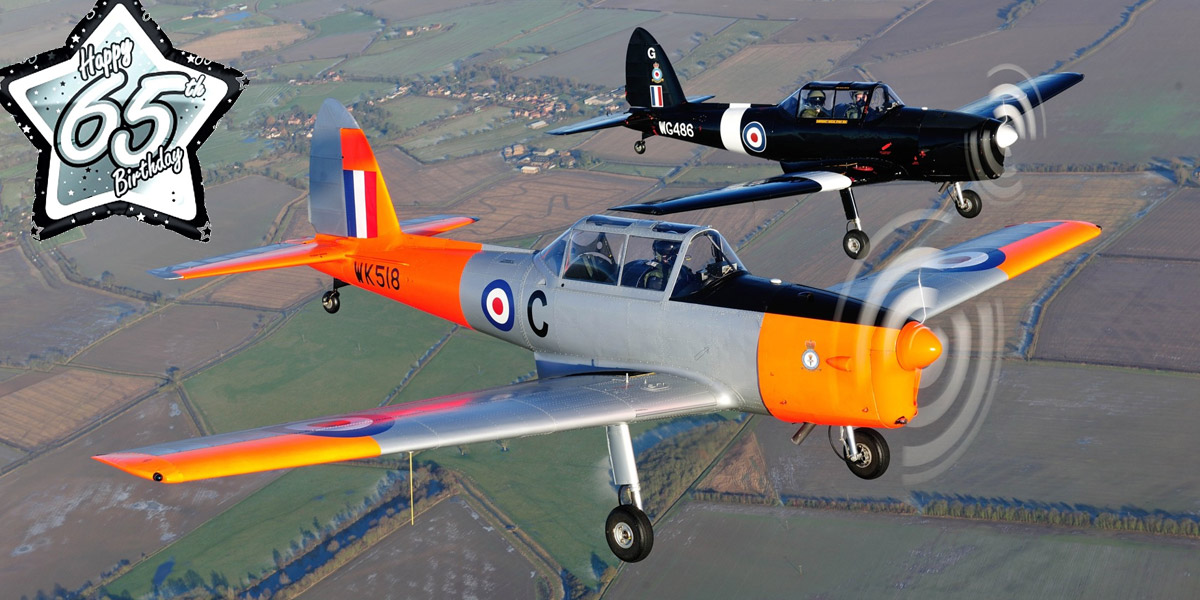BBMF Chipmunks’ 65th birthdays
Sixty-five years ago this month, in January 1952, DH Chipmunk T10s WG486 and WK518 were delivered, brand new, to the Royal Air Force. Just two of the 735 Chipmunks built for military use, these are now the last and only ‘Chippies’ still in RAF service and, far from being ‘pensioned off’, they are still an important and active part of the BBMF historic aircraft fleet.
Both Chipmunks were built at the de Havilland plant at Hawarden, Broughton, near Chester, where coincidentally the BBMF Lancaster PA474 was also built in 1945.
Chipmunk WG486 has served with various units as a training aircraft, but has also had two unusual operational ‘postings’. In December 1958, the aircraft was issued to No 114 Squadron in Cyprus, where it was used in operations against the EOKA terrorists, flying low-level reconnaissance patrols and convoy escort missions from Famagusta, Xeros and Akrotiri airfields, with British Army officers in the rear seat. In 1987 WG486 was moved to Germany to operate as part of the Gatow Station Flight in Berlin, which was then surrounded by Soviet Communist Block territory. For the next two years the Chipmunk was flown on what were then highly secret ‘Cold War’ covert photographic reconnaissance ‘spying’ flights in and around Berlin. WG486 joined the BBMF in 1995.

(photo: RAF Coningsby Photo Section © Crown Copyright)
WK518 has been with the BBMF the longer of the Flight’s two Chipmunks – it was allocated to the BBMF in April 1983 – and has spent its entire life as a training aircraft. There must be literally hundreds of RAF flying instructors and student pilots who have delighted in the lightness and sensitivity of the Chipmunk’s controls, and perhaps some students who struggled to master the tail-wheel landing idiosyncrasies, flying WK518.
The BBMF Chipmunks are used year-round, primarily for the conversion and continuation training of BBMF fighter pilots on tail-wheel aircraft. Other functions include the reconnaissance of new venues, the delivery or collection of pilots and, occasionally, the delivery of small spare parts. At the age of 65 there are many years of active service ahead for the Flight’s two little ‘Chippies’.







